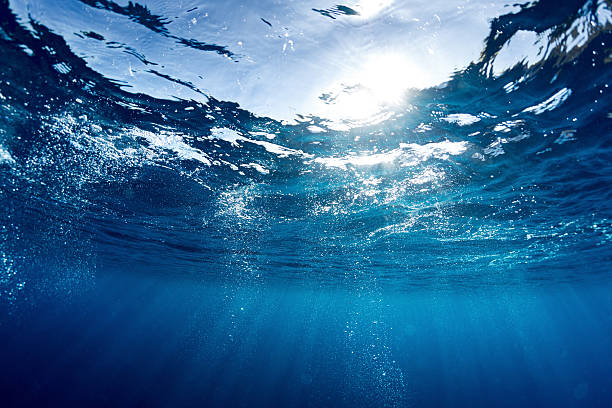 The annual Water Quality Report Card uses key indicators of environmental water quality to calculate an overall annual score.
The annual Water Quality Report Card uses key indicators of environmental water quality to calculate an overall annual score.
In 2023–2024, water quality in Port Phillip Bay and its waterways varied from Very Good to Very Poor. The southern Bay and upper Yarra catchment were Very Good while urban waterways were Very Poor, which is similar to previous years. For 2023-2024, the water quality in Maribyrnong catchment was rated 'Good'. This is a big jump from 'Poor' in 2022-2023 and 'Fair' in 2021-2022. This shows recovery from the flooding impacts of 2022-2023. Werribee catchment also improved, earning a rating of 'Fair' compared to last year's 'Poor'. Water quality in the Yarra catchment stayed at 'Poor'. There was a decline in the middle and upper Yarra sites compared to the last report. The urbanised areas of the small Dandenong and Mornington catchments had the lowest WQI scores in the Port Phillip region. They reported 'Very Poor' water quality, and this trend matches previous years.
In Port Phillip Bay, 2023-2024 overall water quality improved compared to 2022-2023. This is the first time that the water quality report card has reported all sites improving from the previous year, indicating the impact of the 2022 floods on the entire Bay water quality. Checking the long-term inflow from 2022-2023, this event has only been surpassed in 2000. Three sites - Corrio, Central and Dromana - earned a 'Very Good' rating. This was due to better algae, nutrient, salinity, and water clarity indicators and their distance from the major inflows in the Bay's northern area. Long Reef, Hobsons Bay, and Patterson River had 'Good' water quality. These sites are nearer to the higher river inflows, run-off, and stormwater that bring pollutants.
Data from the Bureau of Meteorology shows that the climate in Victoria during 2023-2024 had below average rainfall in the Port Phillip catchment. Mean air and sea temperatures rose by 0.5 to 1.0oC during this time. Rainfall and air temperature changes affect water quality. Long dry spells can lower river flows, cut down on polluted runoff, raise salinity, and lead to more algal blooms. On the other hand, wet weather can increase pollutant transport. Nutrients and sediment travel through stormwater runoff into waterways and bays.
The annual Water Quality Report Card has been available on Environment Protection Authority Victoria (EPA) website since 2019. Before that, results were published on the Yarra and Bay website.
Page last updated: 30/10/25